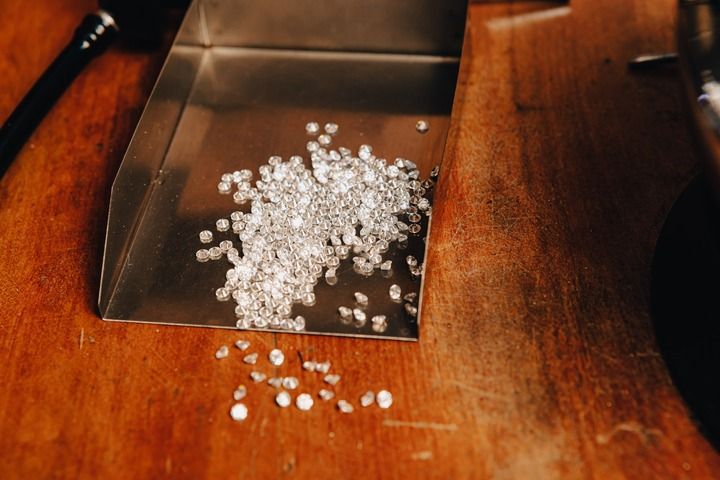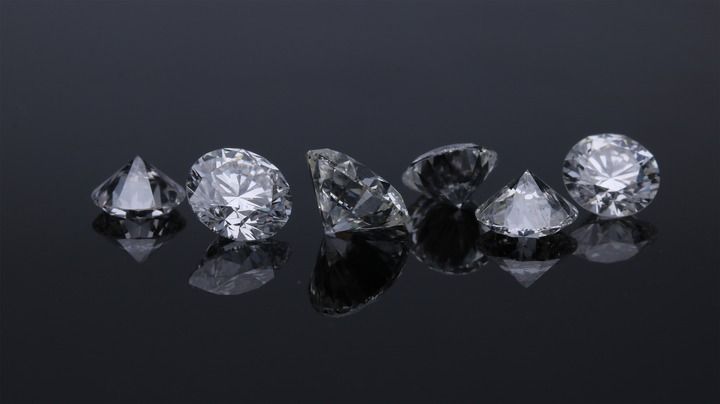Are you looking for the perfect diamonds to include in your April designs? If so, you have come to the right place! In this blog post, we will discuss everything you need to know about diamonds as April's birthstone. We will cover the different types of diamonds available, as well as their characteristics and pricing. By the end of this article, you will be able to confidently select the perfect diamonds for your next project!
Drag to resize
As the birthstone of April, diamonds have a long and rich history. These precious stones have been used to symbolize love and commitment for centuries, and their popularity is only increasing! There are many different types of diamonds available on the market today, so it can be difficult to know where to start when selecting them for your designs. In this blog post, we will discuss everything you need to know about diamonds as April's birthstone. We will cover the different types of diamonds available, as well as their characteristics and pricing. By the end of this article, you will be able to confidently select the perfect diamonds for your next project!
Drag to resize
The first step in picking the perfect diamond is understanding the different types that are available. The four most common types of diamonds are:
Drag to resize

Natural diamonds:
These are the classic, mined diamonds that have been used in jewellery for centuries. Natural diamonds are available in a wide range of sizes, shapes, and colours.
Synthetic diamonds:
Synthetic diamonds are created in a laboratory and have the same chemical composition as natural diamonds. They are often used in industrial applications where durability is important.
CVD Diamonds:
CVD (chemical vapor deposition) diamonds are also created in a laboratory, but they have a different crystal structure than synthetic or natural diamonds. CVD diamonds tend to be less expensive than other types of diamond.
HPHT Diamonds:
HPHT (high pressure high temperature) diamonds are created using extreme pressure and temperature. HPHT diamonds are the closest in appearance to natural diamonds and are often used in high-end jewellery.
Drag to resize
Now that you know the different types of diamonds available, you can start to narrow down your selection based on price and quality. When shopping for diamonds, keep in mind the "Four Cs":

Drag to resize
Cut:
The cut of a diamond refers to its proportions and symmetry. A well-cut diamond will have excellent symmetry and proportions, resulting in a stone that sparkles and catches the light.
Clarity:
Clarity is a measure of how many blemishes or inclusions are present in a diamond. Diamonds with fewer blemishes or inclusions are rarer, and therefore more expensive.
Colour:
The colour of a diamond is judged on a scale from D (no hue) to Z (a yellow hued diamond). Diamonds that are closer to D on the scale are rarer, and therefore more valuable.
Carat weight:
The carat weight of a diamond is the measurement of how much the stone weighs. Diamonds with a higher carat weight are rarer, and therefore more expensive.
Drag to resize
Now that you know the basics of diamonds, you can start shopping for the perfect stones for your April designs! Keep in mind the Four Cs when making your selection, and don't forget to consider price as well. With these guidelines in mind, you are sure to find the perfect diamonds for your next project!
Thanks for reading!



